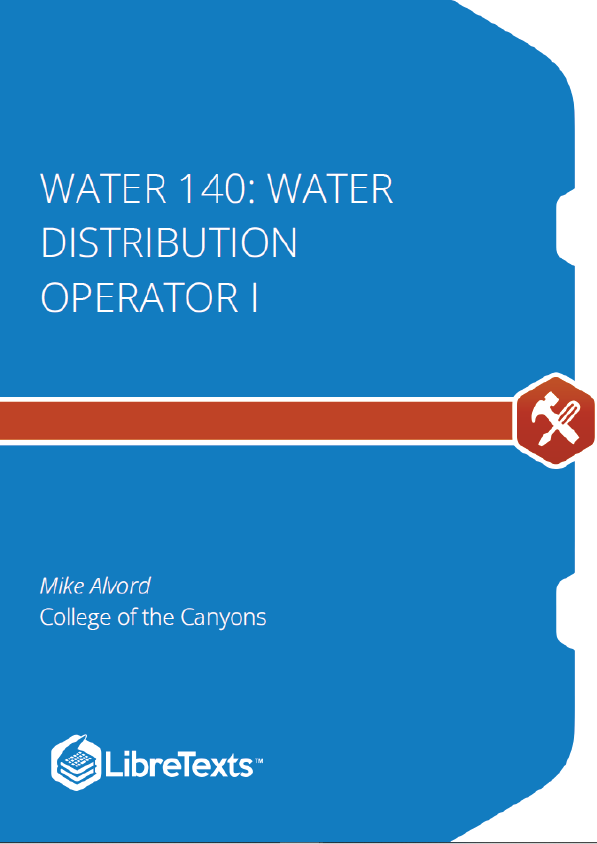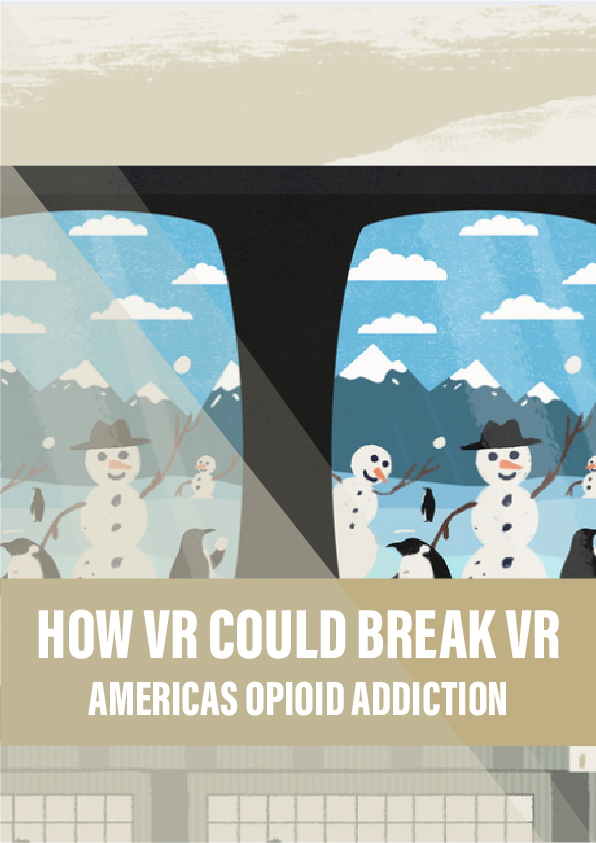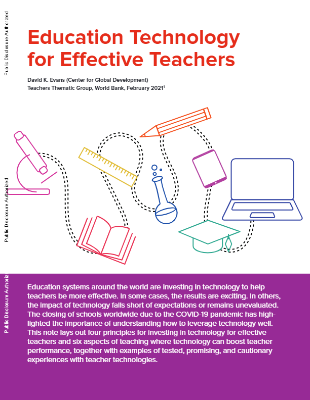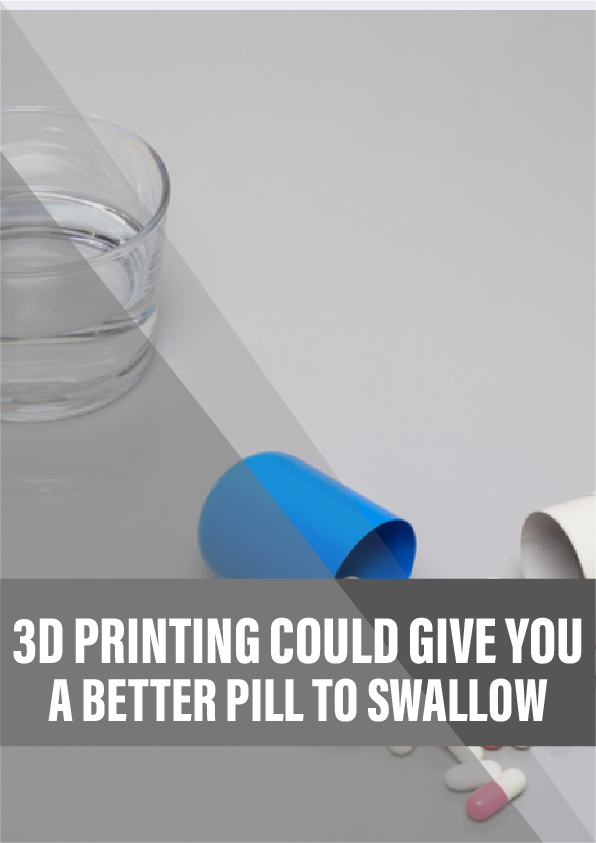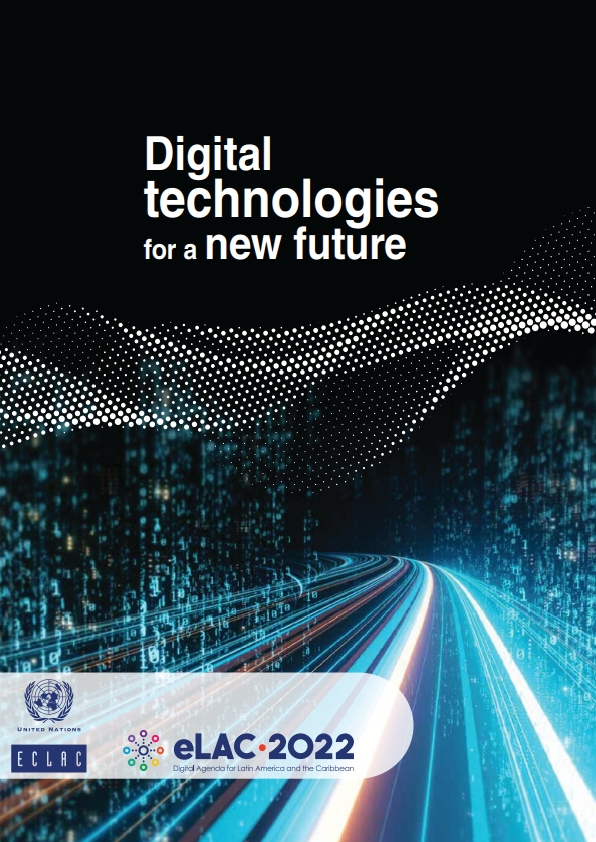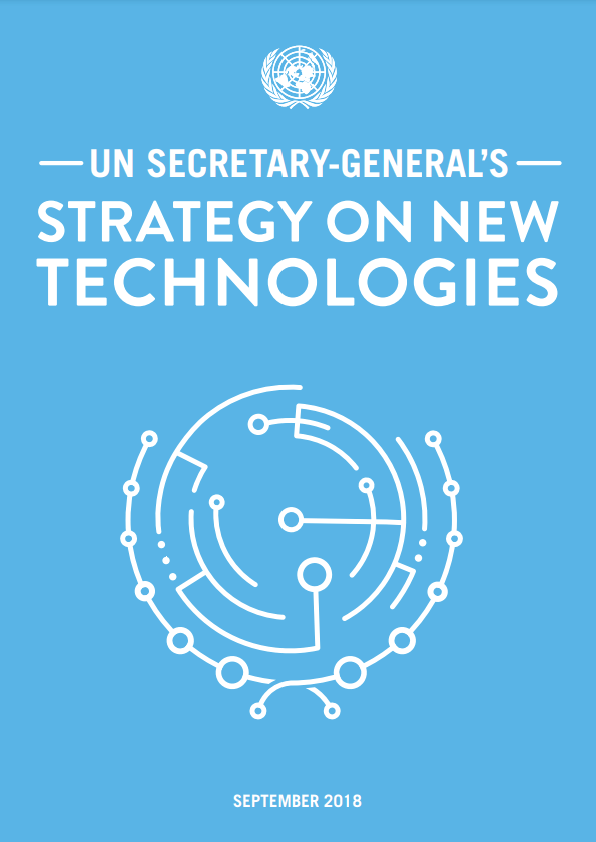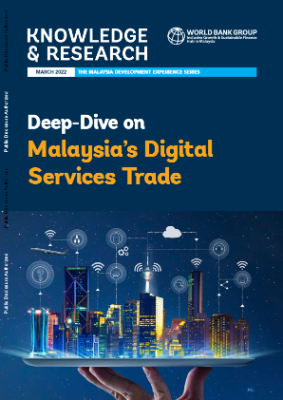This textbook introduces basic concepts and processes of drinking water distribution systems, including a general background of drinking water sources, regulations, water system design, and various distribution system appurtenances. Assists in the preparation of the State of California Water Resources Control Board Certification Exams for Grades I and II.
This textbook is designed to provide the reader with a general understanding of many of the drinking water distribution systems topics. It will also help prepare you for the California Certification Examinations. This chapter will introduce distribution systems and provide information related to becoming a certified operator and the associated regulations.
- After reading this chapter, you should be able to:
- Explain the general concept of water distribution
- Identify the topics of the other chapters within this textbook
- State three main goals of a water professional
- List the various certification levels of both distribution and treatment operators
- Discuss the criteria associated with becoming and working as a certified operator
- Explain the content associated with taking a certification examination
Introduction to Water Distribution
A water distribution system is nothing more than a network of components designed to deliver water from a source to a user. It can be thought of as an array of piping networks and various pieces of equipment taking water from one location and delivering it to another.
As a comparison, the human body has a number of different “distribution” systems. The circulatory system, for example, distributes blood throughout the body through a series of organs. You can also look at our roadways as a “distribution system”. You leave your house and follow a path to a destination. In between are turns, signals, signs, etc. Understanding this general description of water distribution systems by no means undermines the complexity of delivering safe and reliable drinking water to consumers. It is merely a broad perspective of the water distribution goal. Take water from one point and deliver it to another.
Many people put little thought into the water treatment and distribution processes. The same might be said with electricity. As long as water comes out of the faucet (tap) when you turn it on or lights turn on when you flip a switch, most people seem content and don’t give the delivery process much thought. However, when the water stops flowing, customers take notice of their water service. Even then, the question is “Why is my water off?” and “When will it be back on?” There still isn’t much thought put into the why?
Or, very rarely are people interested in the process of water distribution when water service is uninterrupted. The complexities of getting water from its source to the “tap” often go unnoticed.
Drinking water originates from various places, but the largest amount of water on the planet can be found in the oceans. Approximately seventy percent (70%) of the surface of the earth is covered by ocean. This corresponds to approximately ninety-six percent (96%) of all the water on earth. There is just one problem.
